Kraków Auschwitz Trip Report
As readers of my trip reports (Bangkok, Auckland, Oslo, Cruising Alaska, Maui’s Road to Hana, Northern California’s Wine Country, etc.) may appreciate, I try to document the destinations I visit thoroughly with the aim of preparing readers for what they can see and do. But no amount of research I could have done would have prepared me nor, I suspect, can reading this Krakow Auschwitz trip report prepare you for the juxtaposition of Krakow’s charms with the horrors of the Auschwitz/Birkenau concentration camps.
Note: This is a guest post from Jim at WINEtineraries.
How We Got There
When I was looking to book our flights, one-stop itineraries from New York (JFK) to Krakow (KRK) in business class were running north of $3,000/person with an 18-hour layover on the outbound. Luckily, I found flights to Vienna, Austria on Iberia with 5-hour layovers each way for less than $1,900. The flights would earn more than 25,000 Loyalty Points in my quest to requalify for Executive Platinum status with American Airlines.
My wife loves train travel in Europe, so I booked second class tickets from Vienna’s Hauptbahnhof (central train station) to Krakow’s main (Glowny) train station for €29,90 each (about $30 since the Dollar and Euro were trading very close to 1:1).

Where We Stayed
Hotel Indigo, Krakow Old Town is just a 5-minute walk from Krakow, Glowny. Exit the train station through a shopping mall (Galeria Krakowska), turn left, make your first right onto Kurniki for one block. Cross plac Jana Matejki (Jan Matejko Plaza), a narrow square just north of the Old Town, and turn onto Filipa Street.
Hotel Indigo is an art deco 4-story building on the left side of the street. Rooms in this delightfully funky and ideally located hotel can be booked using 40,000 point IHG free night certificates – which we did.
As IHG Platinum members, we were given the option of additional points or complimentary drinks. We chose the latter and enjoyed a nice glass of wine at the hotel’s bar. We passed on breakfast and used our in-room Keurig to wash down sinfully delicious cinnamon rolls costing just 6.90 Polish Zlotys ($1.43) and chocolate hazelnut sweet rolls for 7.50 Polish Zlotys ($1.55) from a bakery (Piec Piekarnia) just a block away on the same street.
Self-Guided Walking Tour (free to M2M readers!)
The first thing I try to do when visiting a city for the first time is to get “the lay of the land” by taking a walking tour; preferably a highly rated free walking tour. In the case of Krakow, however, I put together an 11-stop self-guided walking tour which I am happy to share on request with readers of this article. This section covers selected stops from this tour, which takes about 2 hours to complete. Attractions are ordered using the Hotel Indigo, Krakow Old Town (see above) as the starting location, so adjust accordingly if you’re staying elsewhere.
Barbican
Turn right out of the hotel, retracing the path you followed from the train station to the plac Jana Matejki. Turn right again and walk along this sliver of a square past the Grunwald Monument, which commemorates the victory of the Polish-Lithuanian alliance over the Teutonic Knights in one of the greatest (and bloodiest!) battles in medieval European history. Across the street at the south end of plac Jana Matejk is the almost impregnable Barbican, one of the best preserved medieval defensive structures, dating from the very end of the 15th century. Today, it is part of the Historical Museum of Krakow and often provides the backdrop for historical reenactments.
St. Florian’s Gate
Walk around the Barbican and you’ll be looking at St. Florian’s Gate, the only one of thirty-three city gates that was not demolished during the 19th century “modernization” of Krakow. The side of the tower facing Krakow’s Old Town features a 18th-centure sculpture of St. Florian, patron saint of Poland. Inside the gate is an altar with a late-Baroque copy of the classicist painting of the Piaskowa Madonna in which Mary and the infant Jesus are depicted with crowns instead of halos.
Florianska Street (the Royal Route)
After passing through St. Florian’s Gate, you are at the north end of a pedestrian-only street reminisent of Stradun (or, officially, Placa) in Dubrovnik, Croatia. Many of the buildings on Florianska Street feature centuries-old murals and inscriptions. Jan Matejko was born, worked, and died at 41 Florianska Street. The translated Latin inscription on the wall at #14 reads, “May this building stand until an ant drinks the ocean, and a tortoise circles the earth.” Florianska Street empties into Krakow’s 10-acre main market square, Rynek Glowny, which Picasso called “the eighth wonder of the world”.
St. Mary’s Basilica
Try to time your arrival at St. Mary’s Basilica (seen in the photo above at the southern end of Florianska Street) close to the top of the hour to hear one of the defining cultural traditions in all of Poland. As the Mongol troops were closing in on Krakow in 1241, so the story goes, a sentry climbed the steps inside St. Mary’s bell tower with his bugle to warn his city of the approaching invaders. The 5-note bugle call ends abruptly because, the legend continues, the sentry was slain and the warning silenced by a Mongol arrow.
The basilica houses the largest Gothic altarpiece in the world which took 12 years to build and consists of 200 gilded figures. Beside the southern Gothic entry, look for the set of iron neck restraints once used to punish those judged guilty of religious offenses. The basilica is open Monday through Saturday from 11:30am–6pm. Regular admission is 15 Polish Zlotys (around $3), reduced to 8 Polish Zlotys (around $1.60) for children and seniors. Tickets are purchased in a separate building across from the side tourist entrance.

Cloth Hall (Sukiennice in Polish)
Essentially the world’s oldest shopping mall, the Cloth Hall fills the center of Rynek Glowny. After a fire in the 16th century, it was rebuilt in a Renaissance style featuring deformed gargoyles by the Italian-Polish sculptor Santi Gucci on the façade. If you are looking for gifts and souvenirs in Krakow, Cloth Hall is the place to find them. Besides the souvenir stalls, don’t miss the permanent exhibition of the National Gallery upstairs, displaying artworks of 19th-century Polish painters. Regular admission is 31 Polish Zlotys (around $6.50), seniors are 19 Polish Zlotys (a little less than $4.00), while ages 7-26 get in for just 1 Zloty (20 cents)!
Tip: There are very clean 24/7 public toilets on the right (north) end as you look from St Mary’s church.
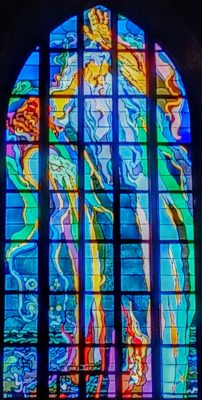
Franciscan Church
The Basilica of St. Francis of Assisi and Franciscan Monastery complex is one block south of Krakow’s main market square, opposite the Bishop’s Palace, residence of Pope John Paul II during his stays in the city. The Basilica is open Monday-Saturday from 10am-4pm and, on Sundays, from 1:15-4:00pm; admission is free. The church’s website (which includes a floor plan) indicates audio guides are available for a donation. Highlights include:
- One of the greatest stained-glass windows in the world is above the main (rear) entrance. Titled “Become,” but often referred to as “God the Father” or “God in the Act of Creation,” this is the magnum opus of Stanislaw Wyspianski (1869-1907), a Polish playwright, poet, and artist. The model Wyspianski used for God was a local street beggar.
- If you enter the church from the western (side) door, there is a brass plaque in Polish on the second pew to your left (in Polish) that marks the exact spot Pope John Paul II would sit to pray whenever he visited.
- The apse features more stained-glass windows by Wyspianski and a glorious high altar.
- There is a certified copy of the Shroud of Turin in the Chapel of the Passion almost under a window in a glass case. This “faithful copy” was consecrated by Pope John Paul II at the Vatican on March 19, 2003; the ceremonial unveiling took place on Palm Sunday, April 14, 2003. The Shroud of Turin is a burial linen 4.36 by 1.10 meters (14.3 by 3.6 ft) large, with the reverse image of a man, believed to be the buried Christ, who, according to tradition, was wrapped in it and placed in the garden tomb of Joseph of Arimathea. In the middle is what some believe to be imprint of the face of Christ.
Wyspianski Pavilion
If visiting the Franciscan Church has made you a new fan of Wyspianksi’s work, you’re in luck! Nearby, just south of All Saints Park (which is at the corner of Grodzka and Franciszkanska Streets) is the Wyspianski Pavilion which was built to display a trio of windows depicting martyred Polish heroes at the moment of their deaths which Wyspianski designed in 1900 for installation at the Wawel Cathedral.
He never finished these windows because his designs were rejected at the time as being too grotesque. A century later, this pavilion was conceived to display the windows which were ultimately completed from Wyspianski’s designs. They are mounted in the façade and – oddly – can best be viewed from outside at night. This building also serves as a tourist information point.
Where & What We Ate
Eating out is very affordable throughout Poland and Krakow is no exception, especially given the current strength of the dollar. We especially enjoyed two dining experiences:
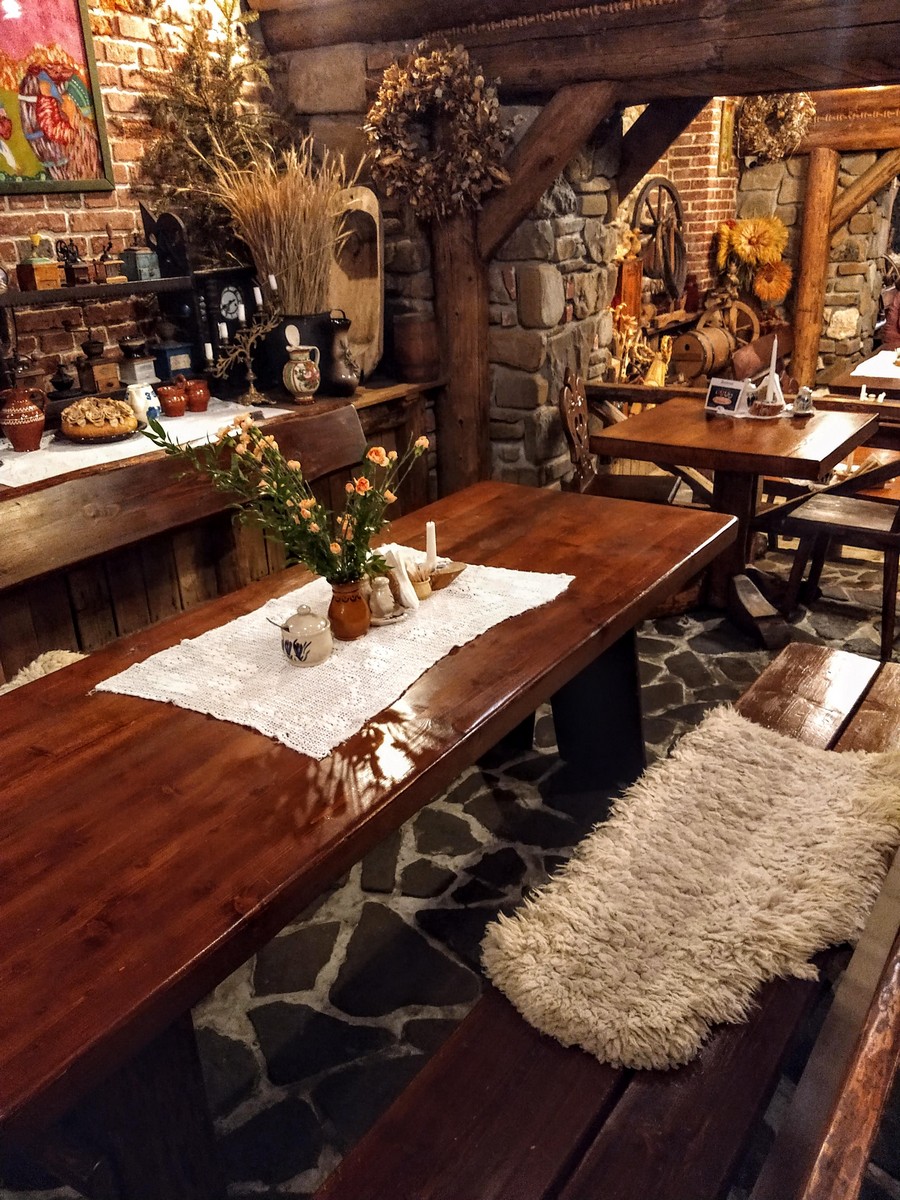
Morskie Oko
Located on Plac Szczepanski (“plac” means “square” in Polish) just 1 block north and 2 blocks west of Krakow’s main square, this charming restaurant is located in an art nouveau building. If at all possible, make a reservation so you are assured of being seated downstairs, where a 3-person band plays regional folk songs Tuesday through Saturday evenings from 7-11pm. Our meal, which included two glasses of wine, two entrees (trout and pork tenderloin baked with smoked sheep cheese and cranberry), a side salad of beets with horseradish, a sinfully delicious piece of hot apple pie with ice cream cost, and two cups of coffee cost just $49.14 – and that included our tip!
Krakow Food Tour
But the gastronomic highlight of our stay in Krakow was Delicious Poland’s Krakow Food Tour. (Note: Delicious Poland also offers Food Tours in Warsaw and Wroclaw, Vodka and Culture Tours in all three cities, Craft Beer Tours in all three cities plus Gdansk, and a Pierogi Cooking Class in Krakow.) This is truly a “mom & pop” (wife and husband, actually) operation, started 6 years ago by Kamila and Goksel (who is a chef), whose mission is to give visitors an insider’s perspective on the food and drink beloved by locals.
Given the cost of our meal at Morskie Oko, the $69/person cost may seem high until you realize that this 3½ hour tour is really 4 tours in one: (1) a city tour of the Kazimierz, Krakow’s Jewish quarter, (2) a primer on the ways Polish history influenced its iconic dishes, (3) an exploration of the role food plays in Polish culture, and (4) a multi-course dinner including more than 20 different food items along with IPA beer, 2 types of vodka, and juice to wash it all down!
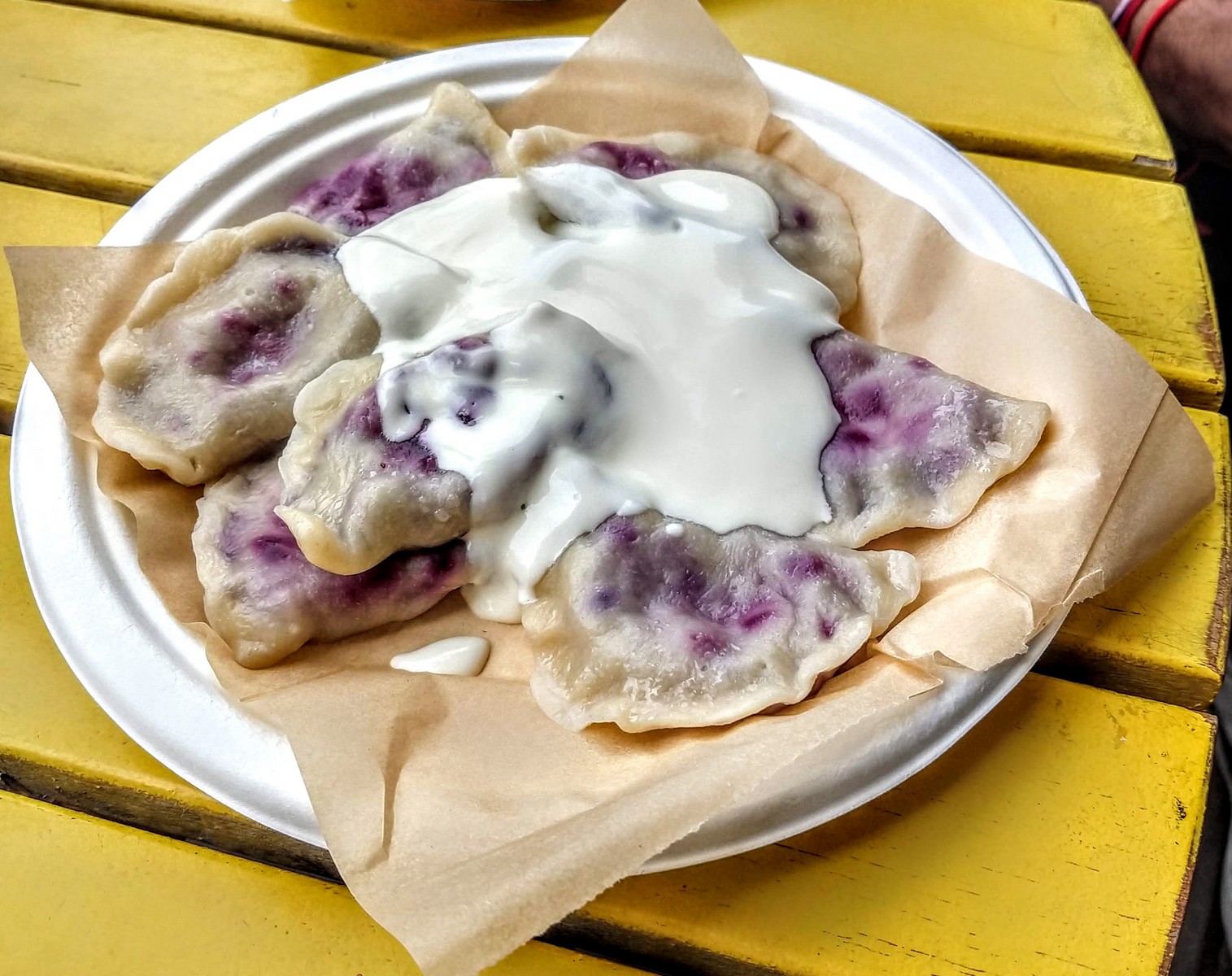
Pictured here is a plate of pierogi na słodko (blueberry-filled dumplings with sweetened sour cream) served from a hole-in-the-wall pierogarnia (a place that serves pierogi…just as a pizzeria serves pizza). While tasting 4 types of pierogi (and that was just our first stop!) we learned that pierogi recipes are closely held family secrets and that Polish mothers-in-law judge their prospective daughters-in-law on the quality of the pierogi they make. Three hours later, we waddled back to our hotel….
What we did
A little more than an hour west of Krakow is Auschwitz/Birkenau, the largest of World War II’s concentration camps and extermination centers which Heinrich Himmler ordered built on April 27, 1940. There are dozens of operators offering day tours from Krakow but, since this was a “bucket list” item for us, I contacted Info Krakow, the city’s “integrated system of tourist and cultural information,” and was directed to their official partner, Krakow Direct. The tour is rated “excellent” by 3,640 out of 3,953 reviews on TripAdvisor. We booked their 8½ hour Auschwitz/Birkenau and Schindler’s Factory tour with hotel pickup for a little more than $75/person and were very pleased with our choice.
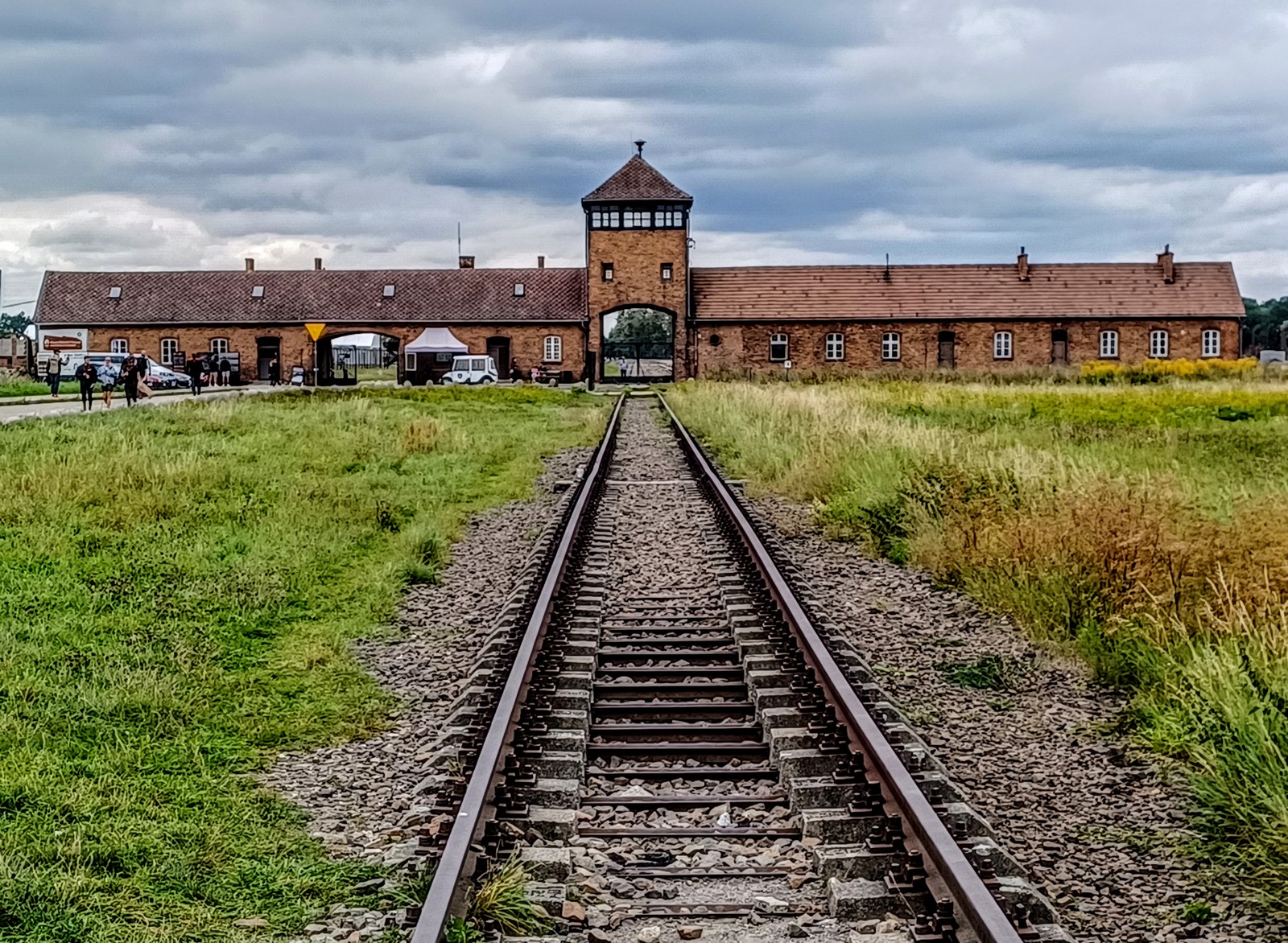
Auschwitz-Birkenau State Museum
Somber. Stark. Chilling. Depressing. Pick your adjective because none can adequately describe the impact of a visit to these sites where the depths of human depravity are on full display. The first thing one needs to understand is that “Auschwitz” refers to a complex of camps, built outside the Polish town of Oświęcim. Auschwitz 1, comprised of mostly brick buildings, served as Polish army barracks before the German invasion in September, 1939. It served as the administration center for the Auschwitz complex as well as a concentration camp which held between 15,000 and 20,000 prisoners at any time. Above the entry gate to Auschwitz 1 is the original “big lie” – the infamous and sardonic “Arbeit macht frei” (“Work sets one free”) greeting.
But, 6/10 of a mile away, Auschwitz 2 (Birkenau) had an even bigger impact on me. Because the barracks here were constructed of wood, not brick, there’s not much left to see except the entrance building penetrated by the tracks which carried train cars packed with deportees. Inside, the tracks led to an unloading platform where a Nazi doctor would select the few deemed fit for work and send the rest directly to the gas chamber and crematorium. The scale, the sheer enormity, is overwhelming. 90% of the victims of the Auschwitz concentration/extermination camp complex – approximately a million people – died here.
Oskar Schindler Enamel Factory
If you visit here (and you should!), don’t go expecting to see a montage of scenes from Schindler’s List. The factory houses two museums: Krakow’s Museum of Contemporary Art and “Oskar Schindler’s Enamel Factory,” one of the 18 attractions that, collectively, comprise the Museum of Krakow.
The many interactive exhibits in this museum tell the story of Krakow during its occupation as well as life in Krakow’s Jewish ghetto. If you don’t book the combined Auschwitz/Birkenau and Schindler’s Factory Tour like we did, it is possible to take part in an English tour of this engaging museum every Wednesday, Friday and Sunday at 4:00pm. You can also visit for free (no tour) on Mondays; tickets are limited and must be reserved online
Krakow Auschwitz Trip Report: Final Thoughts
Hopefully you this Krakow Auschwitz trip report. It should hopefully give a lot of ideas, and inspiration, on what to do while visiting the area. Be sure to take the time to see the surrounding areas if you are visiting for an Auschwitz tour. Poland has a lot of charm to offer at a very affordable cost.
Thanks again to Jim for putting this trip report together for us!


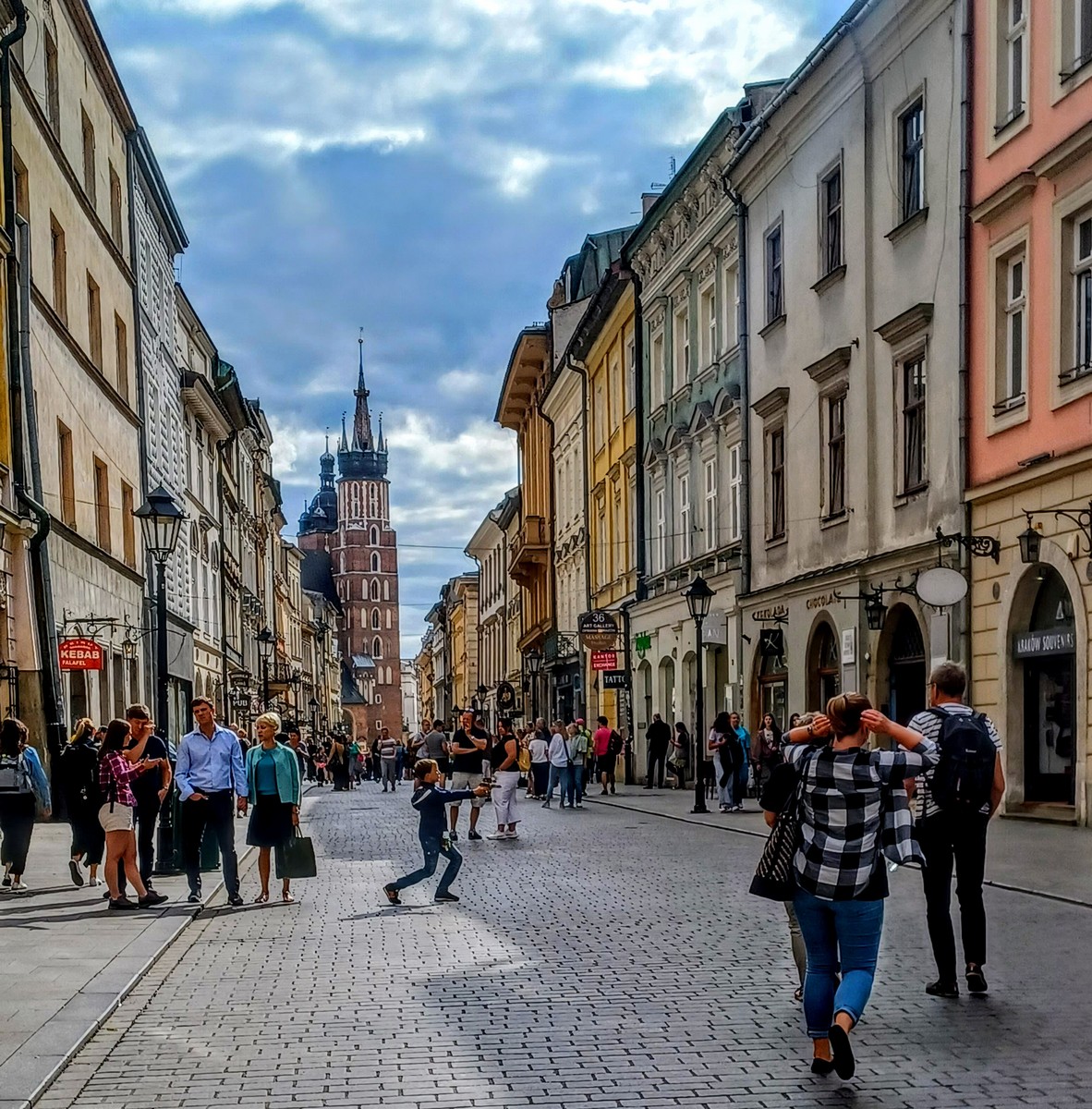

Another interesting and instructive tour though history and modern experience. I really enjoy Jim’s tour suggestions and have used his information to follow along when I’ve visited the same locations. Thanks!
Awesome Thomas – glad you enjoy his write ups!
We just returned from Krakow and took the food/cultural tour. It was just as you described. Lots of history and lots of delicious food. One of our favorites was the Zapikanka.
Jim,
My daughter has been in Europe for 7 weeks and visited Krakow. She planned the entire trip by herself, and, from the Facebook posts, and has had a great time. I’ll forward this write up to her.
Evan
Thank you for posting about your experience at Auschwitz-Birkenau. Never forget!!!
This is a fantastic review! I wish I had this 4 years ago when I visited this area. I agree 100% with your descriptions of what I saw. The full day guided trip to the concentration camps was a life changing experience.